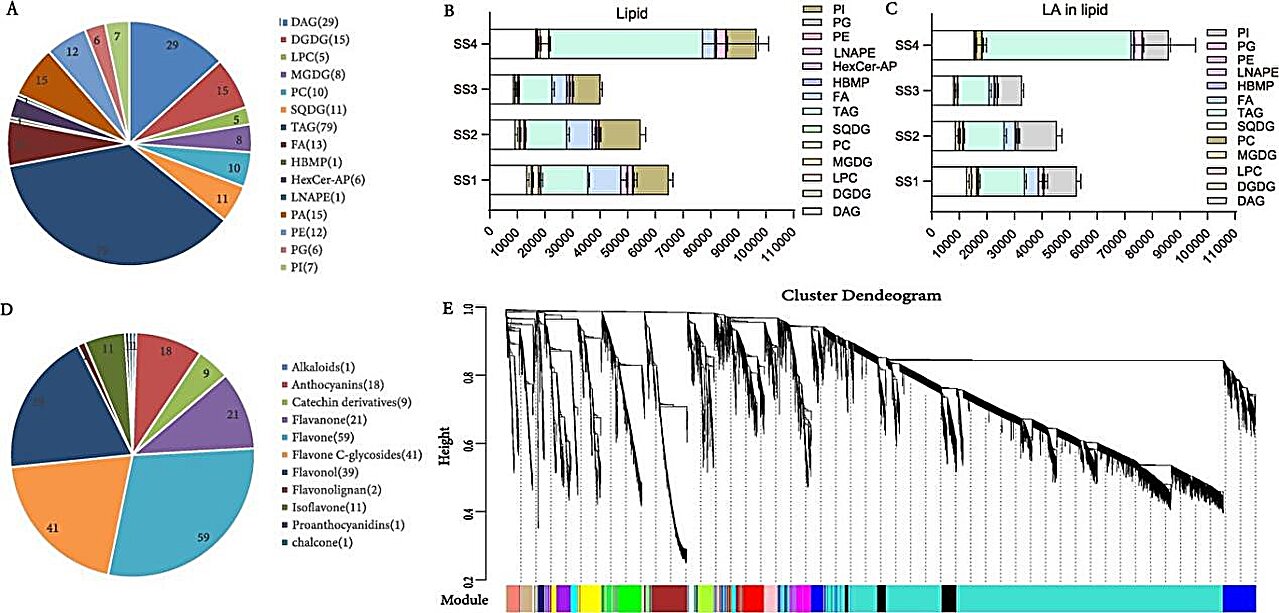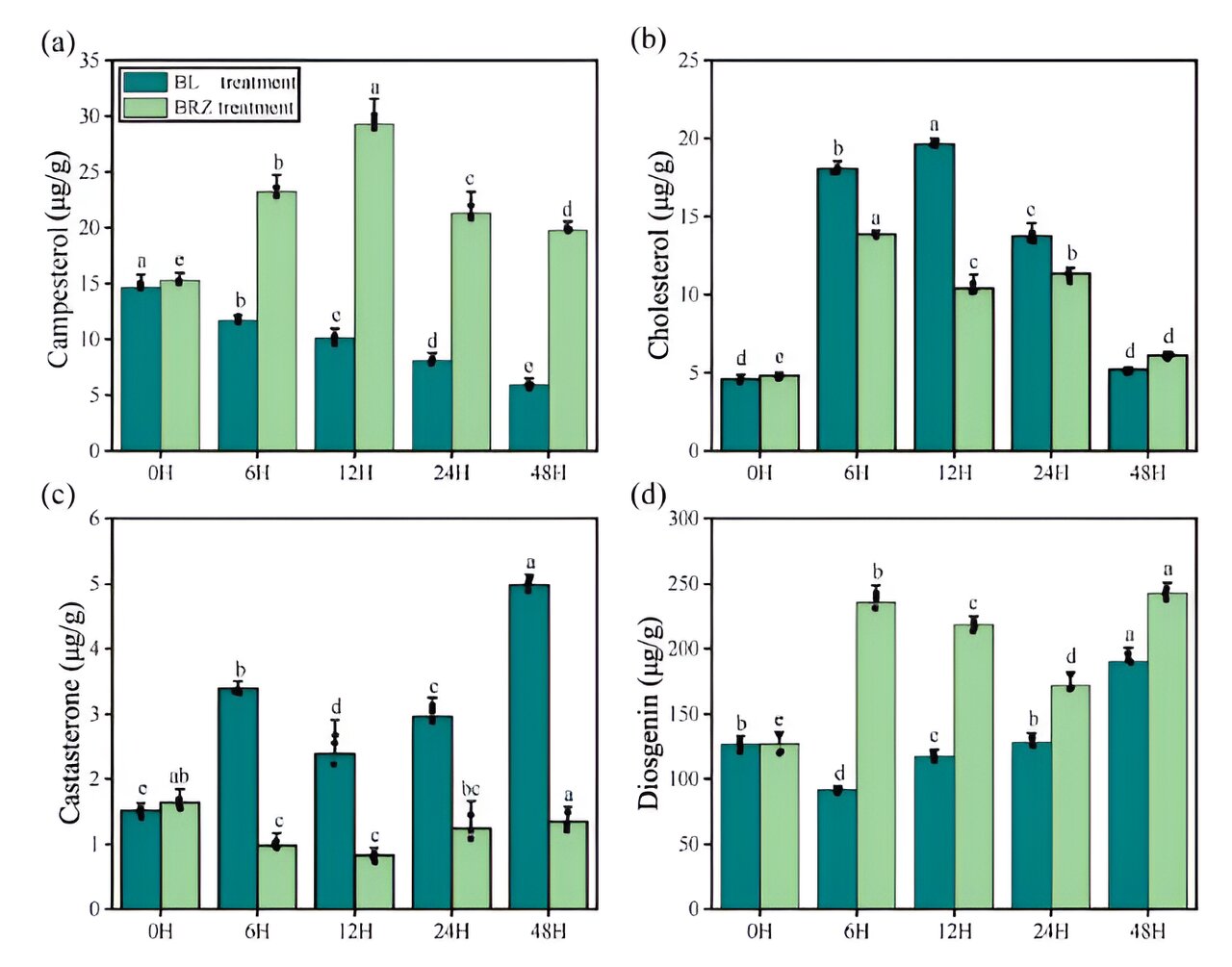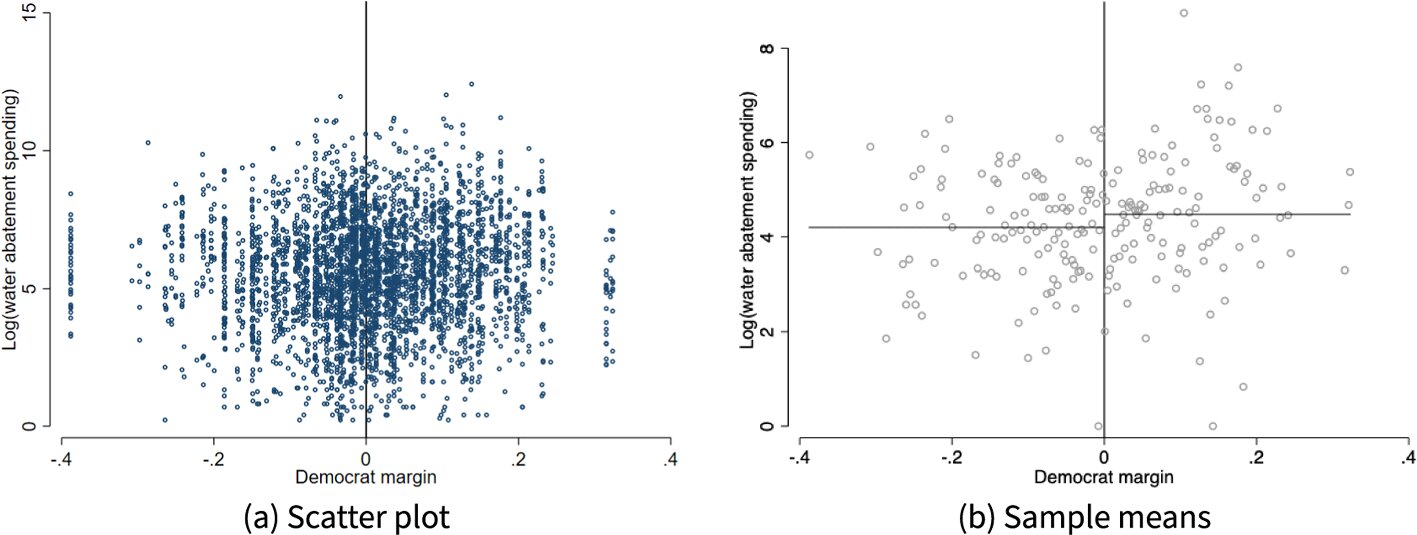A simple ‘twist’ improves the engine of clean fuel generation
Researchers have found a way to super-charge the ‘engine’ of sustainable fuel generation — by giving the materials a little twist. The researchers, led by the University of Cambridge, are developing low-cost light-harvesting semiconductors that power devices for converting water into clean hydrogen fuel, using just the power of the sun. These semiconducting materials, known …





